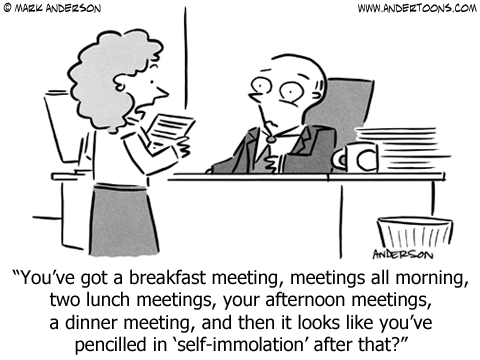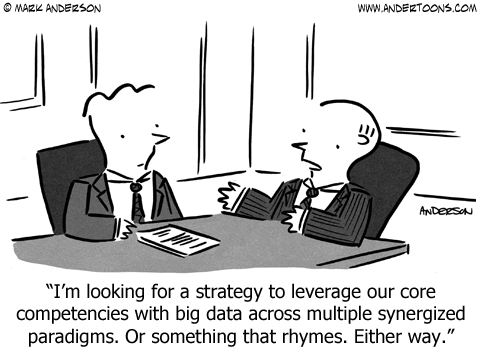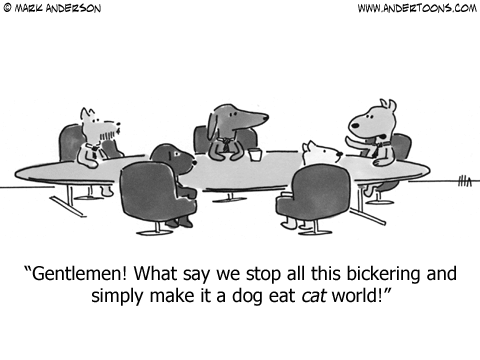 Annual Meeting Cost Calculator
Annual Meeting Cost Calculator

This tool will help you estimate just how much meetings are costing your business. In the fields provided, input the average number of people attending meetings, an average of their annual salaries, and the average hourly duration of those meetings. From the pull-down menu, choose how often these meetings occur.
Press “Compute Annual Meeting Cost,” and you’ll learn the average cost of a single meeting and the total annual cost of your business meetings. With this information, you can decide whether or not frequent business meetings have been detrimental to your bottom line.
Today's Savings Rates
The following table shows current rates for savings accounts, interst bearing checking accounts, CDs, and money market accounts. Use the filters at the top to set your initial deposit amount and your selected products.
How to Figure Out the Total Cost of Meetings

Do you know what your meetings are really costing you? While many businesses work hard to reduce overhead and material costs, they don't realize the amount that they are shelling out with every staff meeting. Figuring the cost of your meetings will likely make you take a hard second look at just how often meetings really need to be called.
Do Meetings Really Cost Very Much?
The Harvard Business Review reported that executives spend more than two days every week entirely on meetings involving three or more coworkers. They also noted that the average 15 percent of an entire organization's collective time was spent in meetings during 2014 — a number that has increased yearly since 2008.

According to the Bureau of Labor Statistics, top executives were paid an average of $48.87 per hour (or $101,650 annually) in 2012. This means that, on average, a business will spend more than $780 for just one executive to attend his or her meetings for the week. Of course, the average meeting is attended by at least three other coworkers, so the total costs for meetings will be exponentially increased for each staff member in attendance.
Author and CEO consultant Darren Hardy calculated that one average meeting that he attended with 12 employees ended up costing the company $82 per minute. This resulted in an expense of $12,250 for one 2.5-hour meeting.
How Can You Estimate Overall Meeting Costs?
Every employee in the room has a job and a salary dictated by the company. While in the room for the meeting, employees cannot be productive in other aspects that benefit the company. The lost productivity is the largest cost in meetings.

To discover meeting cost based on employee hours alone, divide each employee salary by 2,000 (the number of working hours in an average year). Combine each employee's hourly wage, and multiply the total by the hours spent in the meeting. Of course, because employees are stuck in the room and not completing other tasks, you must multiply this last number by two (calculating lost productivity). This final number is how much one meeting costs your company in terms of employee wage — without factoring in office supplies, printed materials, refreshments, or overhead costs.
Considering Meeting Expenses by the Minute
If you divide the overall cost by 60, you will have the cost that your company pays for the meeting by the minute. Most meetings do not stay strictly on task. You can then calculate how much your meeting is costing the company for every minute spent wastefully. Common time-wasters in meetings include:
- Late starts
- Startup conversation or small talk
- Long-winded presentations or "runaway" meetings
- Time spent on topics not relevant to more than 75 percent of the employees in attendance
- Discussion of low-value or low-impact company topics
- Subjects not concluded with a measurable goal including responsible parties and established deadlines
Meetings are certainly necessary to provide employees with direction and focus — provided that time is spent efficiently. Companies who recognize the lost productivity are more likely to reevaluate how they are utilizing employee time in regularly scheduled meetings.

Change privacy settings
